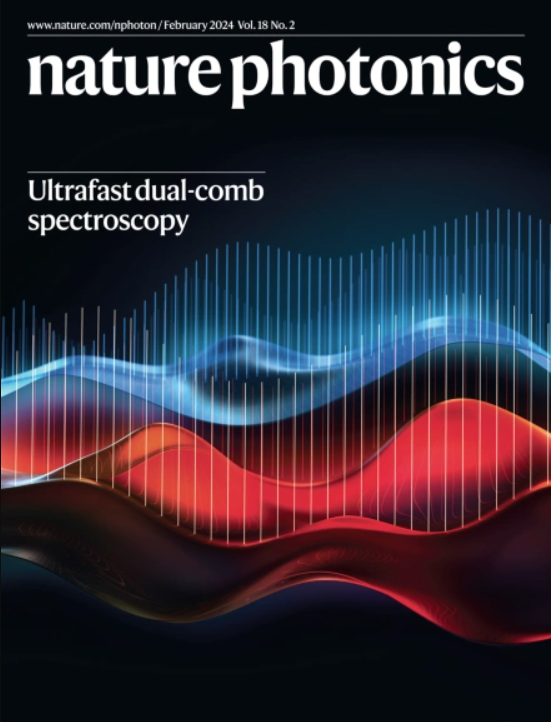Coherence and superradiance from a plasma-based quasiparticle accelerator
IF 32.3
1区 物理与天体物理
Q1 OPTICS
引用次数: 0
Abstract
Coherent light sources, such as free-electron lasers, provide bright beams for studies in biology, chemistry and physics. However, increasing the brightness of these sources requires progressively larger instruments, with the largest examples, such as the Linac Coherent Light Source at Stanford, being several kilometres long. It would be transformative if this scaling trend could be overcome so that compact, bright sources could be employed at universities, hospitals and industrial laboratories. Here we address this issue by rethinking the basic principles of radiation physics. At the core of our work is the introduction of quasiparticle-based light sources that rely on the collective and macroscopic motion of an ensemble of light-emitting charges to evolve and radiate in ways that would be unphysical for single charges. The underlying concept allows for temporal coherence and superradiance in new configurations, such as in plasma accelerators, providing radiation with intriguing properties and clear experimental signatures spanning nearly ten octaves in wavelength, from the terahertz to the extreme ultraviolet. The simplicity of the quasiparticle approach makes it suitable for experimental demonstrations at existing laser and accelerator facilities and also extends well beyond this case to other scenarios such as nonlinear optical configurations. A new conceptual approach to light generation involving an ensemble of light-emitting charges may result in more compact superradiant light sources.

等离子体准粒子加速器的相干性和超辐照度
相干光源(如自由电子激光器)为生物学、化学和物理学研究提供了明亮的光束。然而,要提高这些光源的亮度,需要逐渐增大仪器的体积,最大的例子如斯坦福大学的林纳相干光源(Linac Coherent Light Source)长达几千米。如果能克服这种扩展趋势,使大学、医院和工业实验室都能使用小巧、明亮的光源,那将是一场变革。在这里,我们通过重新思考辐射物理学的基本原理来解决这个问题。我们工作的核心是引入基于准粒子的光源,这种光源依靠发光电荷集合的集体宏观运动,以单个电荷不符合物理学原理的方式演化和辐射。其基本概念允许在新的配置(如等离子加速器)中实现时间相干性和超辐照度,提供具有有趣特性和清晰实验特征的辐射,波长跨越近十个倍频程,从太赫兹到极紫外。准粒子方法非常简单,适合在现有的激光和加速器设施上进行实验演示,也可扩展到非线性光学配置等其他情况。涉及发光电荷集合的一种新的光产生概念方法可能会产生更紧凑的超辐射光源。
本文章由计算机程序翻译,如有差异,请以英文原文为准。
求助全文
约1分钟内获得全文
求助全文
来源期刊

Nature Photonics
物理-光学
CiteScore
54.20
自引率
1.70%
发文量
158
审稿时长
12 months
期刊介绍:
Nature Photonics is a monthly journal dedicated to the scientific study and application of light, known as Photonics. It publishes top-quality, peer-reviewed research across all areas of light generation, manipulation, and detection.
The journal encompasses research into the fundamental properties of light and its interactions with matter, as well as the latest developments in optoelectronic devices and emerging photonics applications. Topics covered include lasers, LEDs, imaging, detectors, optoelectronic devices, quantum optics, biophotonics, optical data storage, spectroscopy, fiber optics, solar energy, displays, terahertz technology, nonlinear optics, plasmonics, nanophotonics, and X-rays.
In addition to research papers and review articles summarizing scientific findings in optoelectronics, Nature Photonics also features News and Views pieces and research highlights. It uniquely includes articles on the business aspects of the industry, such as technology commercialization and market analysis, offering a comprehensive perspective on the field.
 求助内容:
求助内容: 应助结果提醒方式:
应助结果提醒方式:


